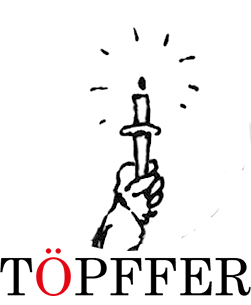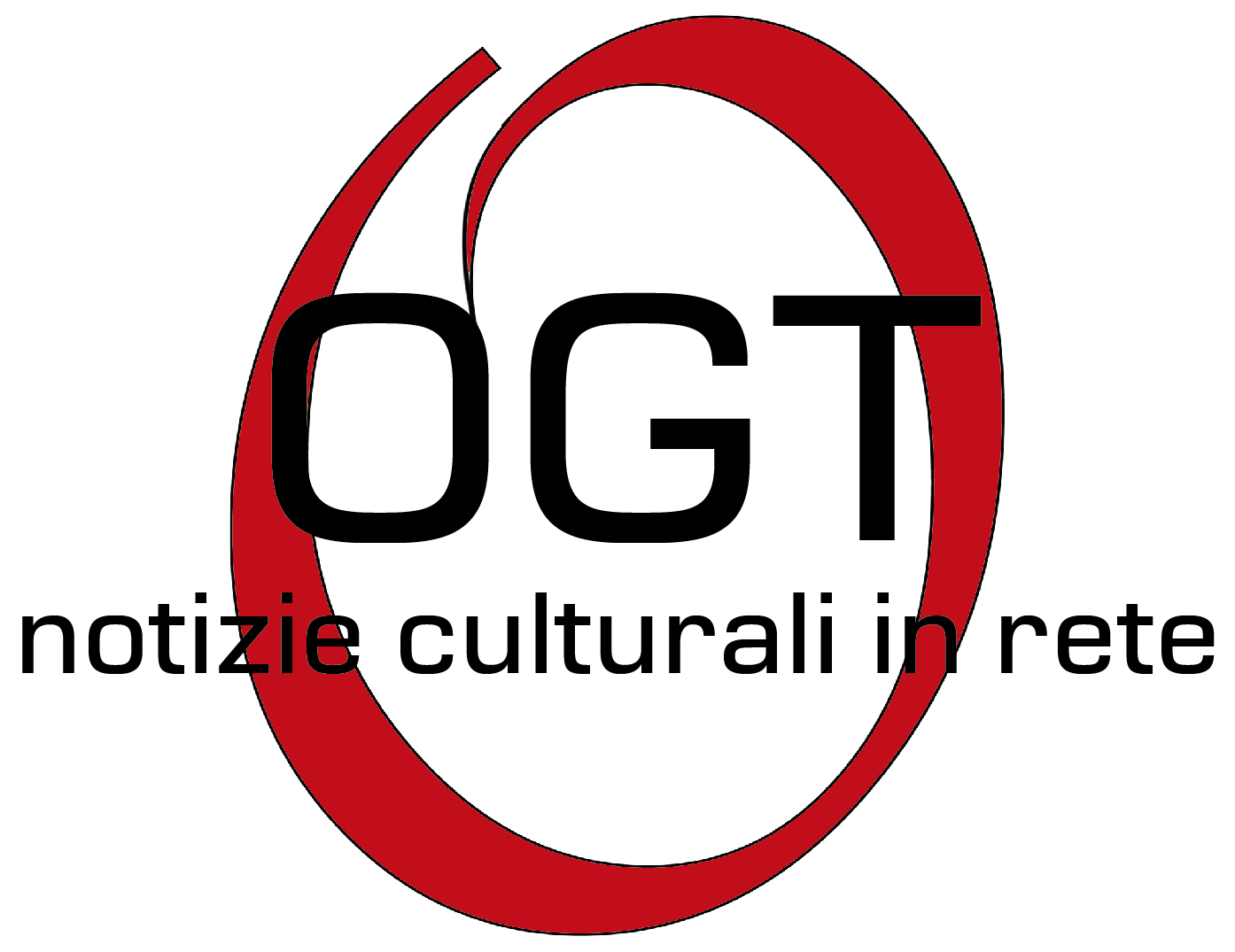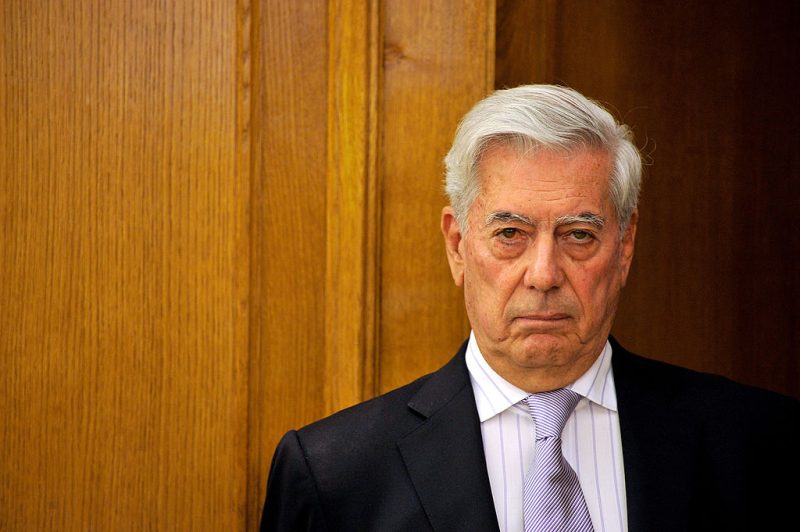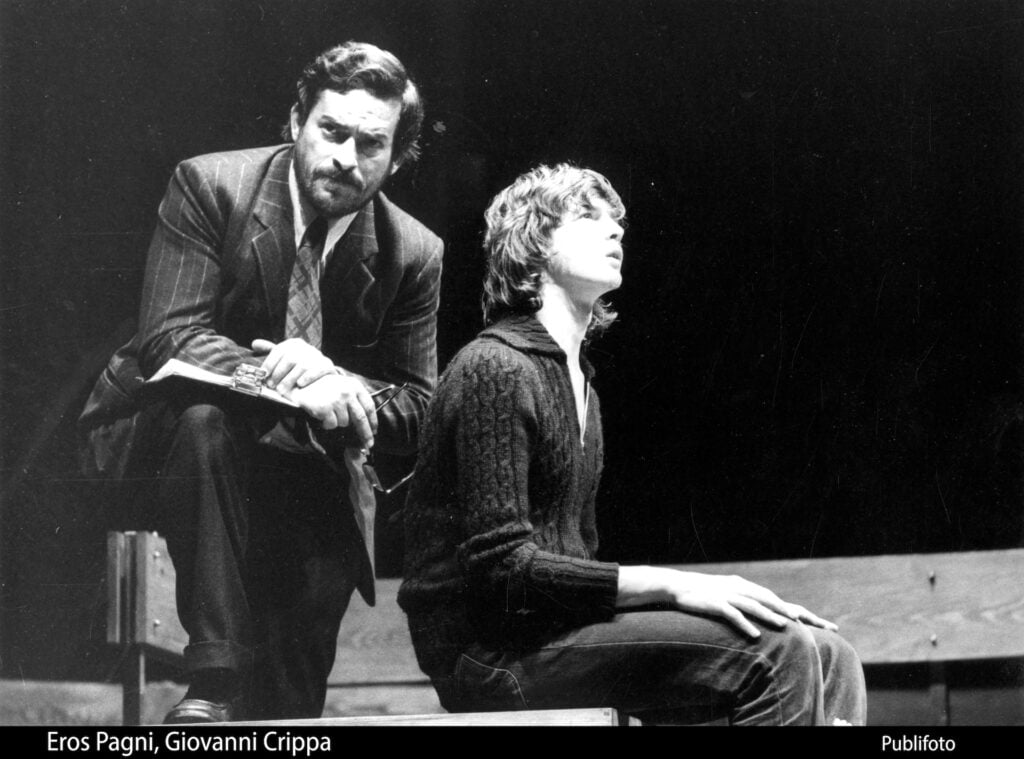academia.edu di martedě 26 novembre 2019
Behind the Mask: Early Neolithic miniature masks (and one larger-than-lifeexample) from Göbekli Tepe (and beyond)
di Oliver Dietrich, Jens Notroff, and Laura Dietrich
Three of the masks found at Göbekli Tepe have similar styles to the example from NevalıÇori, with non-individualized faces. However, at Göbekli Tepe the mouth is not depicted,while the Nevalı Çori mask almost gives the impression the face is screaming. Together withthe finds from other sites, a large repertoire of masks in different styles is suggested. Alltypes, with and without mouths, more individualized or abstract, are also well attested for inthe large repertoire of limestone sculpture found at Göbekli Tepe. Their treatment duringepisodes when parts of the site were deliberately filled in and put out of use can shed somelight on the larger use of masks during the PPN.Burial rites at Göbekli Tepe seem to have been applied to the hierarchical system ofanthropomorphic depictions. The enclosures’ central pillars are abstracted and clearlyanthropomorphic. The surrounding pillars are also stylized, but smaller and containzoomorphic decoration. They are orientated towards the central pillars and evoke theassociation of a gathering. Naturalistic anthropomorphic sculpture, which may partly depictmasked people, is smaller and intentionally fragmented. The stone masks are strongly relatedto this category through form and deposition treatment.During backfilling of the enclosures, a selection of fragments, mostly (masked?) heads, andcomplete masks, was placed inside the fills, most often near the central pillars.
Pillar 43 in Enclosure D whose rich decoration clearly indicates an apparently narrative character ofmany of the reliefs (Photo: K. Schmidt, DAI).
Inside Enclosure D: one of the enclosure’s central pillars (P18) in front of the original backfillingsediment, illustrating the mighty layer forming the mound (Photo: K. Schmidt, DAI).
If we assume that the stone masks are miniature or supra-sized representations of real organicmasks worn by humans, they might attest that ritual activity at Göbekli Tepe and other sitesincluded masquerades, where people acted out parts of a complex mythology. Whenenclosures were put out of use, masks and miniatures were buried with them, freezing ritualsin time and space.During the early Neolithic in the Near East, masks and masking played a significant role inrituals re-enacting mythological narratives closely related to death, taking place at sites withspecial purpose buildings and rich iconography. This importance apparently justified the time-consuming and complicated manufacture of these paraphernalia as well as miniature andlarger-than-life-sized representations. A small number of masks in stone are all what remainsof what was likely a widespread Early Neolithic tradition of ritual masquerade. Oliver Dietrich, Jens Notroff, and Laura Dietrich are research assistants in the GöbekliTepe project of the German Archaeological Institute (DAI) excavations at Göbekli Tepe, carried out in close cooperation with the Şanlıurfa Haleplibahçe Museum.
Archaeobiological research is conducted by the Institute of Palaeoanatomy, Domestication Research and the History of Veterinary Medicine, Ludwig-Maximilians-University, Munich. The project is funded by the DAI and the German Research Foundation (DFG). For more on their research at the site see the blog at “ The Tepe Telegrams .”
For further reading:
Badisches Landesmuseum (ed.), Vor 12.000 Jahren in Anatolien. Die ältesten Monumente der Menschheit , Stuttgart 2007.
Bar Yosef, O. and Alon, D., Nahal Hemar Cave, ‘Atiqot 18, 1988, 1-81.
Schmidt, K., Göbekli Tepe: A Stone Age Sanctuary in south-eastern Anatolia , Berlin 2012.
Stordeur, D. and Abbès, F., Du PPNA au PPNB: mise en lumière d´une phase transition àJerf el Ahmar (Syrie), Bulletin de la Société Préhistorique Française 99 (3), 2002, 563-595
Pillar 43 in Enclosure D whose rich decoration clearly indicates an apparently narrative character ofmany of the reliefs (Photo: K. Schmidt, DAI).
Inside Enclosure D: one of the enclosure’s central pillars (P18) in front of the original backfillingsediment, illustrating the mighty layer forming the mound (Photo: K. Schmidt, DAI).
If we assume that the stone masks are miniature or supra-sized representations of real organicmasks worn by humans, they might attest that ritual activity at Göbekli Tepe and other sitesincluded masquerades, where people acted out parts of a complex mythology. Whenenclosures were put out of use, masks and miniatures were buried with them, freezing ritualsin time and space.During the early Neolithic in the Near East, masks and masking played a significant role inrituals re-enacting mythological narratives closely related to death, taking place at sites withspecial purpose buildings and rich iconography. This importance apparently justified the time-consuming and complicated manufacture of these paraphernalia as well as miniature andlarger-than-life-sized representations. A small number of masks in stone are all what remainsof what was likely a widespread Early Neolithic tradition of ritual masquerade. Oliver Dietrich, Jens Notroff, and Laura Dietrich are research assistants in the GöbekliTepe project of the German Archaeological Institute (DAI) excavations at Göbekli Tepe, carried out in close cooperation with the Şanlıurfa Haleplibahçe Museum.
Archaeobiological research is conducted by the Institute of Palaeoanatomy, Domestication Research and the History of Veterinary Medicine, Ludwig-Maximilians-University, Munich. The project is funded by the DAI and the German Research Foundation (DFG). For more on their research at the site see the blog at “ The Tepe Telegrams .”
For further reading:
Badisches Landesmuseum (ed.), Vor 12.000 Jahren in Anatolien. Die ältesten Monumente der Menschheit , Stuttgart 2007.
Bar Yosef, O. and Alon, D., Nahal Hemar Cave, ‘Atiqot 18, 1988, 1-81.
Schmidt, K., Göbekli Tepe: A Stone Age Sanctuary in south-eastern Anatolia , Berlin 2012.
Stordeur, D. and Abbès, F., Du PPNA au PPNB: mise en lumière d´une phase transition àJerf el Ahmar (Syrie), Bulletin de la Société Préhistorique Française 99 (3), 2002, 563-595
leggi l'articolo integrale su academia.edu
| SCHEDA LIBRO | Segnala | Ufficio Stampa |









